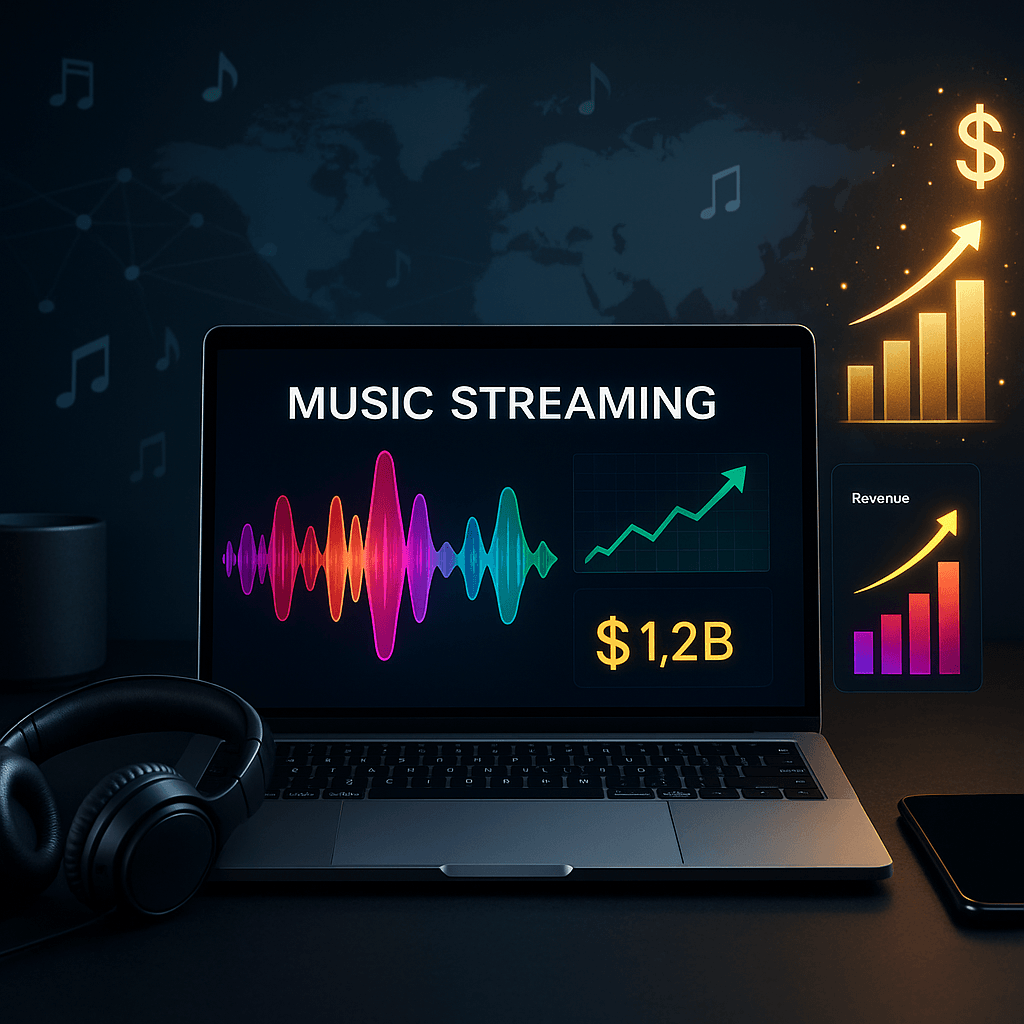YouTube just announced its biggest music industry payout yet - $8 billion distributed to artists, labels, and publishers between July 2024 and July 2025. The milestone represents a $2 billion jump from 2022's $6 billion figure, cementing the platform's position as a major revenue driver for the music ecosystem despite trailing Spotify's $10 billion 2024 payout.
YouTube just dropped a number that's reshaping the music streaming wars. The Google-owned platform paid out $8 billion to the music industry over the past 12 months, marking its highest annual payout yet and a massive $2 billion increase since 2022.
"Today's $8 billion payout is a testament to the fact that the twin engine of ads and subscriptions is firing on all cylinders," YouTube Global Head of Music Lyor Cohen said during Billboard Latin Music Week on Wednesday. The announcement comes as streaming platforms battle for market share in an increasingly crowded field.
The growth trajectory tells a compelling story. YouTube distributed $4 billion in 2021, jumped to $6 billion in 2022, and now hits $8 billion - a consistent upward climb that reflects both platform expansion and the maturation of its revenue-sharing model. But the platform still trails Spotify, which announced earlier this year it paid $10 billion to the music industry in 2024, up from $9 billion in 2023.
YouTube's "twin engine" approach - combining advertising revenue with subscription income from YouTube Music and Premium - now supports over 125 million paying subscribers globally. The platform also maintains 2 billion logged-in users who watch music videos monthly, creating a massive audience for both free and paid content consumption.
The competitive landscape intensifies as platforms fight for artist loyalty. While Spotify leads in pure subscriber numbers and payouts, YouTube's advantage lies in its video-first approach and global reach across 100 countries with 80 language support. This positioning becomes crucial as emerging markets drive streaming growth.
Industry insiders note these payouts don't flow directly to artists. The money gets distributed among labels, publishers, songwriters, and performers based on complex licensing agreements. Still, the rising tide benefits the entire music ecosystem, particularly independent artists who can monetize both audio streams and video content on a single platform.












